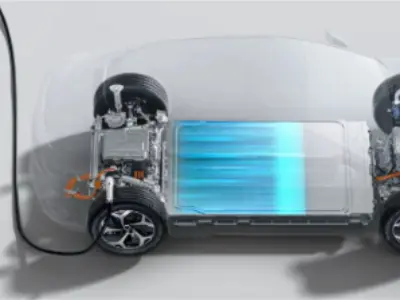Protective measures for batteries in new energy vehicles
Intelligent Temperature Management System (the most critical) Maintaining the battery temperature within the optimal operating range (usually 25-40°C) through active heating and cooling is the core of battery protection.
|
Low-temperature protection: When using the vehicle in winter, the system will first heat the battery https://www.supplychainauto.com/electrically (such as with a PTC heater) to avoid a sharp drop in charging efficiency and discharge damage at low temperatures. High-temperature protection: In summer or during fast charging, the battery is cooled by fans, water cooling, or direct cooling systems to prevent the risk of thermal runaway. |
Precise Charging and Discharging Control Strategy The BMS (Battery Management System) monitors the status of each battery cell in real-time to avoid overcharging, over-discharging, and high-current shocks.
|
Charging protection: After the battery is charged to 80%-90% (configurable in some models), the charging power is automatically reduced to avoid long-term high-voltage of the battery https://www.supplychainauto.com/in a fully charged state; at the same time, the charging current is detected to prevent excessive current during fast charging. Discharging protection: When the battery level is below 10%-15%, a low-battery alarm is triggered and high-power output is limited (such as limiting sudden acceleration) to avoid damage to the battery cells due to deep discharge. |
Physical and Safety Protection External risks are isolated through structural design, and the vehicle is equipped with fault emergency handling capabilities.
|
Physical isolation: The battery pack adopts a high-strength shell (such as aluminum alloy, composite materials) and is equipped with a waterproof sealing ring, reaching IP67/IP68 level of waterproof and dustproof to cope with wading and collision scenarios. Fault protection: When abnormal cell voltage, short circuit, or collision is detected, the BMS will immediately cut off the battery circuit. Some models are also equipped with pressure relief valves to prevent excessive pressure during thermal runaway. |
|
















